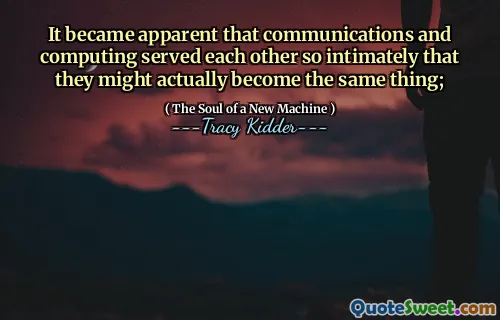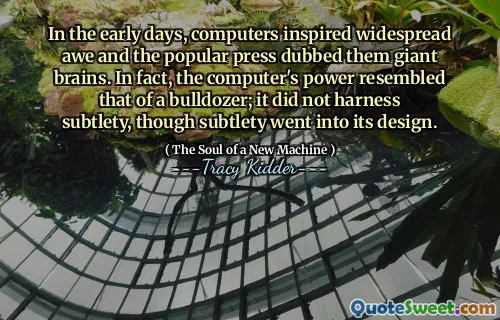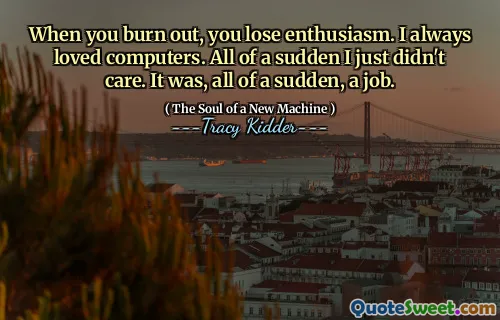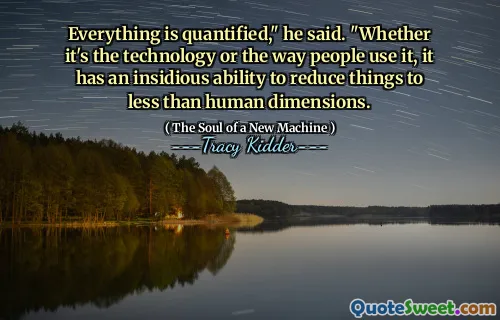
Looking into the VAX, West had imagined he saw a diagram of DEC's corporate organization. He felt that VAX was too complicated. He did not like, for instance, the system by which various parts of the machine communicated with each other; for his taste, there was too much protocol involved. He decided that VAX embodied flaws in DEC's corporate organization. The machine expressed that phenomenally successful company's cautious, bureaucratic style. Was this true? West said it didn't matter, it was a useful theory.
West viewed the VAX system as not just a computer but a reflection of the internal organization of Digital Equipment Corporation (DEC). He found the machine overly complex, particularly disliking the excessive protocols governing the communication between its parts. This complexity led him to believe that VAX mirrored the cautious and bureaucratic nature of DEC as a whole.
Despite his critical perspective, West acknowledged that his theory about VAX's connection to DEC's organizational flaws might not necessarily be true. He emphasized that it was still a valuable framework for understanding the machine's design and operation, indicating that sometimes examining a system through a broader organizational lens can yield useful insights.











